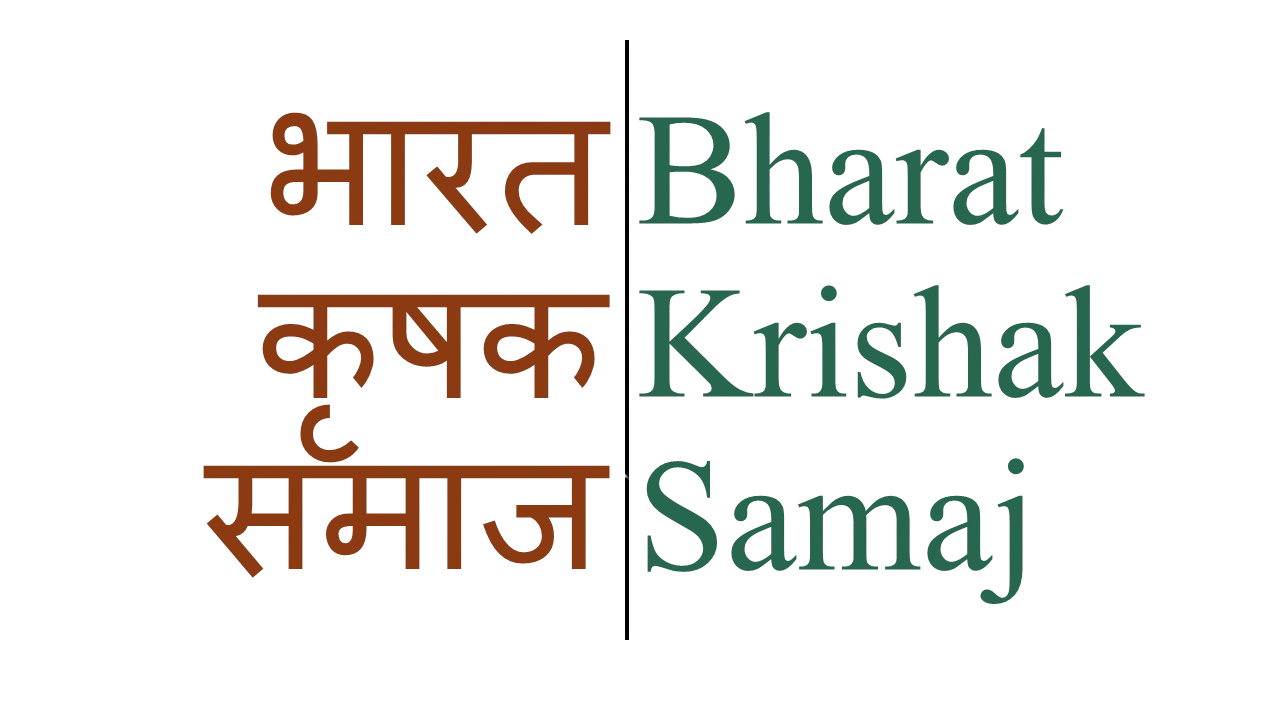On learning that members of Parliament have bestowed upon themselves a 24% salary hike, my thoughts race to the class in society which is characterised by low performance accountability and high job security: government employees, both at the Union and the State government level. The class is so powerful that no political party now wants to trifle with it, and understandably so. Lest it inconvenience their positions, academicians, economists and Indian policymakers, including the Governor of RBI, the Niti Aayog and the CEA to the PM, avoid public deliberation on the issue of the adverse impact of Pay Commissions; particularly, the 8th Pay Commission.
Its impact is specifically on the country’s finances and disparity of incomes. The discrepancy between the incomes of government employees and the average farmer, for instance, is so humongous that one stumbles even for calling it out. The singular accomplishment of Indian democracy’s wealth managers, paid to have foresight — India’s civil servants — is that by the time India achieves its Viksat Bharat status in 2047, they will have delivered to the below mid-level sarkari employee a monthly pay packet of around ₹5.50 lakh, while the income of the farmer will be less than ₹40,000 per month.
How do the numbers work out? The recently announced 8th Pay Commission is expected to recommend pay scales for around five million central government employees and 6.5 million pensioners next year. In time, these scales will be adopted by state governments, when around 10 million state government employees will be added to the list of beneficiaries, constituting around one per cent of India’s population.
Based on Pay Commission recommendations since Independence, a fitment factor of about 2.8 may be applied, meaning the salaries of government employees will increase 2.8 times. To obviate any allegation of a bias in this examination, below mid-level grade government employee incomes are being compared to farmer incomes. When the 8th Pay Commission becomes applicable, a below mid-level government employee’s basic salary of ₹25,500 will increase to ₹71,500 per month! Those retiring will see their monthly pensions increase from the current ₹9,000 to ₹25,000. Forget the composite salary & pension burden; the component of the basic salary hike & the increased pension alone could cost the exchequer another whopping ₹1,00,000 crores per year.
At the other end of the spectrum are the farmers. With about 45 per cent of Indians dependent on agriculture for their livelihoods, their numbers add up to upwards of 650 million people. More than 75 per cent of agricultural households earn less than ₹10,000 a month, or ₹330 per day. This is less than half of the government-mandated minimum wage for unskilled workers in India, which is ₹783 per day.
It would not do to fall for the academic narrative that farmers are unskilled. They are highly skilled in their profession. Let it also sink in that, unlike government employees, landless and landed farmers have no comparative paid leave, medical leave, maternity leave, designated holidays, or a pension mechanism. The first pay commission in 1947 had introduced the principle of “living wages” to ensure a decent standard of living for government staff. In 78 years since, the principle has been confined to the privileged 1% and has not been extended to 99% of India.
Numbers may seem pedestrian but not the facts, which are increasingly travelling to the realm of the fantastic. In the 22 years intervening between now and achieving the Prime Minister’s vision of a Viksat Bharat in 2047, two more Pay Commissions will be constituted automatically. As mentioned earlier, applying the same yardstick of the last 50 years, the basic salary of the mid-level employee receiving ₹25,500 today will become ₹5.50 lakh a month. The monthly pensions of a mid-level government employee will increase from today’s ₹9,000 to nearly ₹2 lakh per month.
If one were to believe the government’s claim that farmers’ incomes actually doubled in the last 10 years and apply the same measure to the next 22 years, with inevitable further fragmentation of land holdings, farmer incomes would still be hovering below ₹40,000 per month. If ‘Equal opportunity’ is associated with liberal capitalism, ‘equal outcome’ is the communist agenda. In the case of Indian farmers, the establishment has failed to deliver on both counts.
This brings one to the final point of perhaps farmers being destined to live with income inequality. Income inequality is, however, only half the story. Data will prove that generations of children of those whose salaries are applicable for Pay Commission hikes are several hundred times more empowered and successful in life than farmers’ children. This is why securing high-paying government jobs in the state or the centre is such an allure for millions of government job applicants. The situation is the creation of the politics of sops and the moral weakness of the executive over the last many decades.
This is not about decrying privileges that Members of Parliament deserve or government employees enjoy, it is just that a debt-burdened India with a six to seven per cent annual growth rate simply cannot afford it. The issue that leaps right off the page and demands both a moral and fiscal examination is a moratorium on the 8th Pay Commission for 10 years. Taking a fresh look at the burgeoning salary bill, both the union government and the states must freeze the budget expenditure on salaries and pensions and cut down on lower-level posts while increasing the salaries where necessary to reward, retain or attract talent. There are a million better ways to use scarce resources than frittering them away on the basis of the likes of across-the-board pay commission recommendations.
Ajay Vir Jakhar, Chairman, Bharat Krishak Samaj




